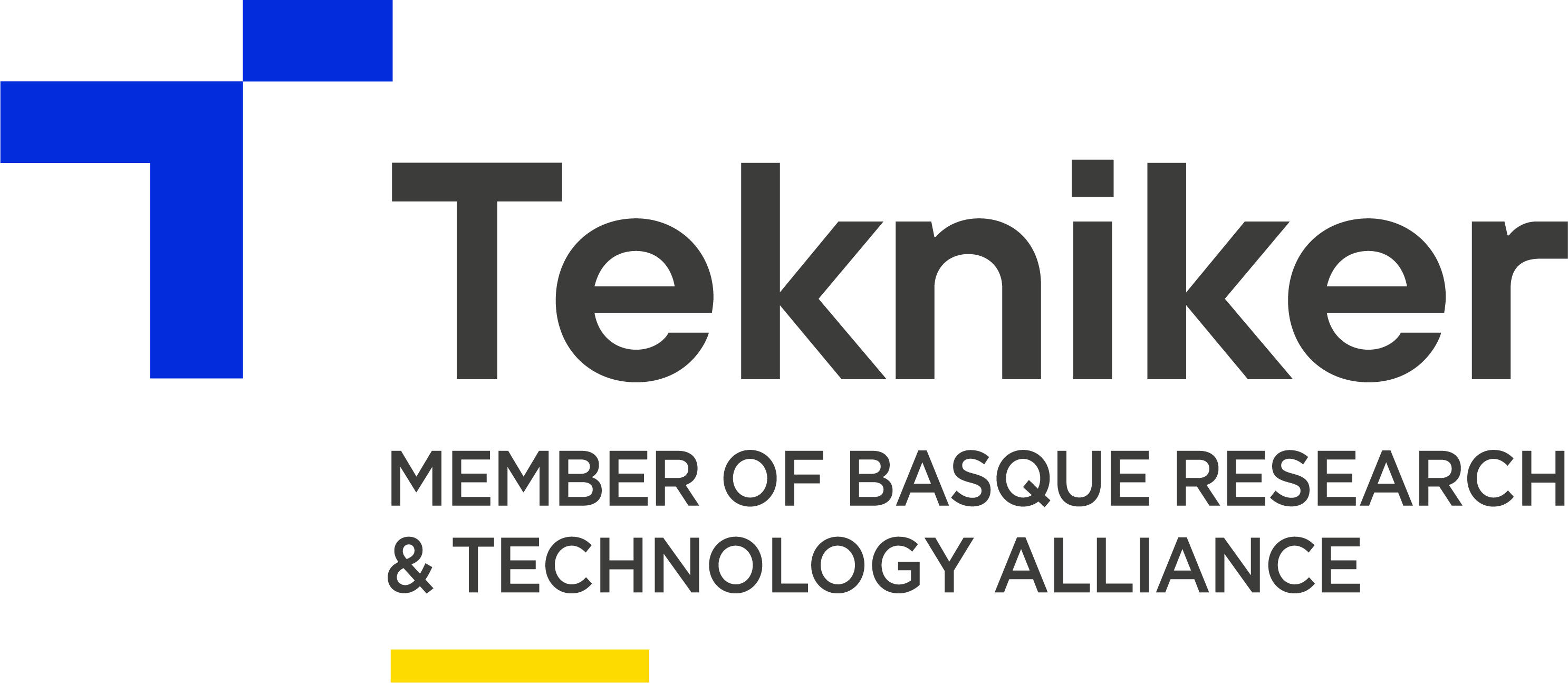
Tekniker – Title – Digital-Twin surrogate for extrusion optimisation
Tekniker
Sector: Industry
Business Case
Relaunching the extrusion after a recipe change or to test a new compound in a tyre manufacturing plant is a manual task that relies on the experience of each operator. In turn, each extrusion start produces a certain residue and results in a stabilisation time that varies based on these decisions. In this context, the AI-PROFICIENT project has found a way to optimise extrusion re-launches by having the signals recorded over a 3-year period in CONTINENTAL’s SCADA.
Objectives
– Develop a system capable of detecting the condition of the extruders in order to restart extrusion at the right time. – Identify optimal speed parameters to minimise residue and stabilisation time when re-launching the extrusion.
Use case
Since an extensive dataset containing the extrusions performed during the last 3 years is available, it is proposed to use surrogate models that mimic the behaviour of the extruder without the need to stop production in order to identify optimal launch parameters. In turn, this model is run in real time alongside the extruder to determine whether or not conditions are suitable for launching an extrusion.
Infrastructure
Analysis and development of models using proprietary servers (CPUs, GPUs) On premise operation.
Technology
Automatic or Deep Learning
Data
3 years of CONTINENTAL time series history
Resources
It has required the dedication of an analyst and architectural staff to model and deploy the models. At the same time, high involvement of CONTINENTAL staff (process and IT engineers) was required, both to fully understand the nuances of the model and to perform the deployment.
Difficulties and learning
Such a complex system to model ( 200 variables, multiple recipes) requires a great deal of involvement and domain knowledge that needs to be acquired through regular meetings with users. In addition, the deployment of the models tends to show new requirements/functionalities that were not foreseen and that need to be provided.
KPIs (business impact and metrics of the model)
Simulating the optimal values obtained based on historic data: – Increase in good quality extrusions (increase from 33% to 90%) – Reduction of stabilisation times of the most used prescriptions (60%, 81% and 86%, respectively).
Funding
AI-PROFICIENT Project funded by the European Union
Collaborators, Partners
CONTINENTAL




